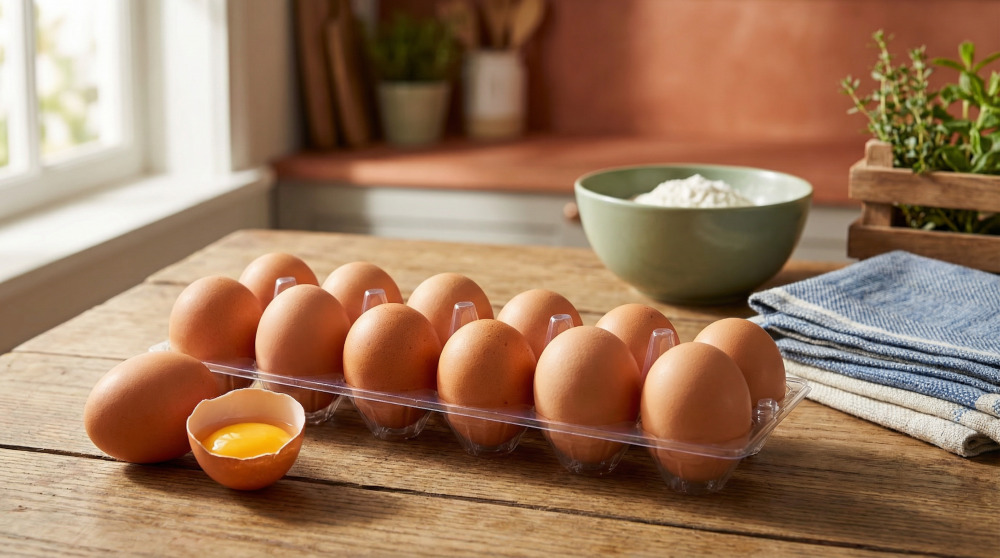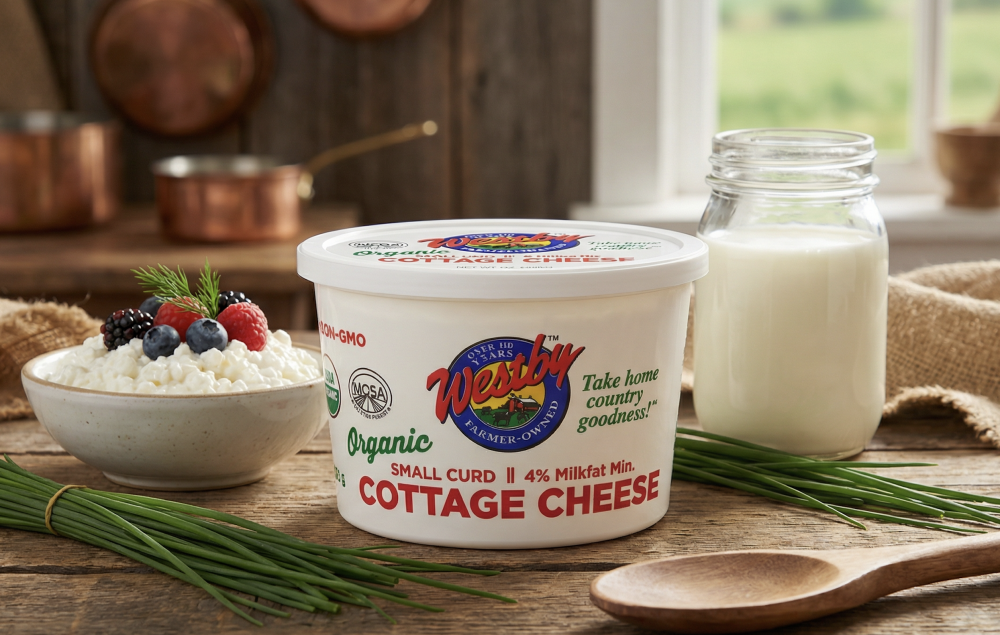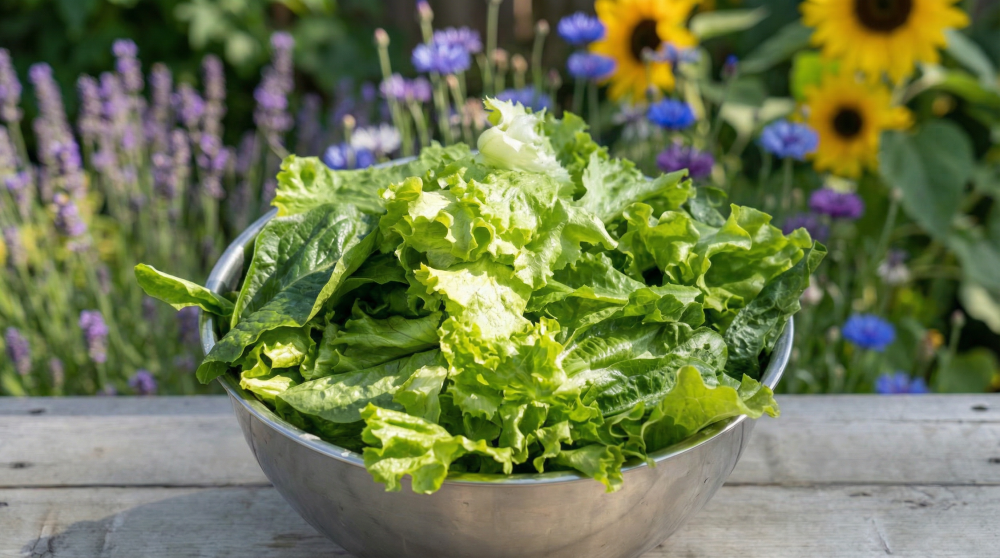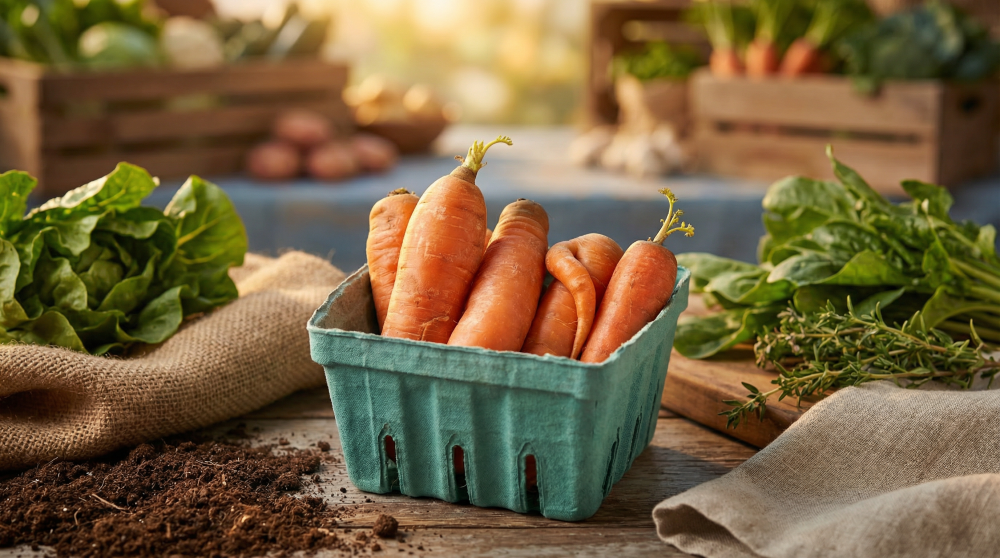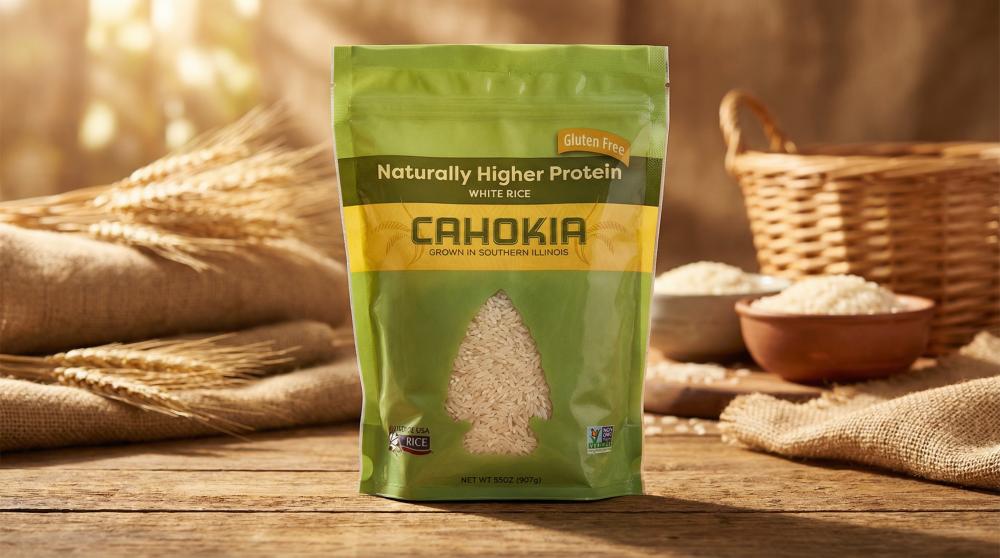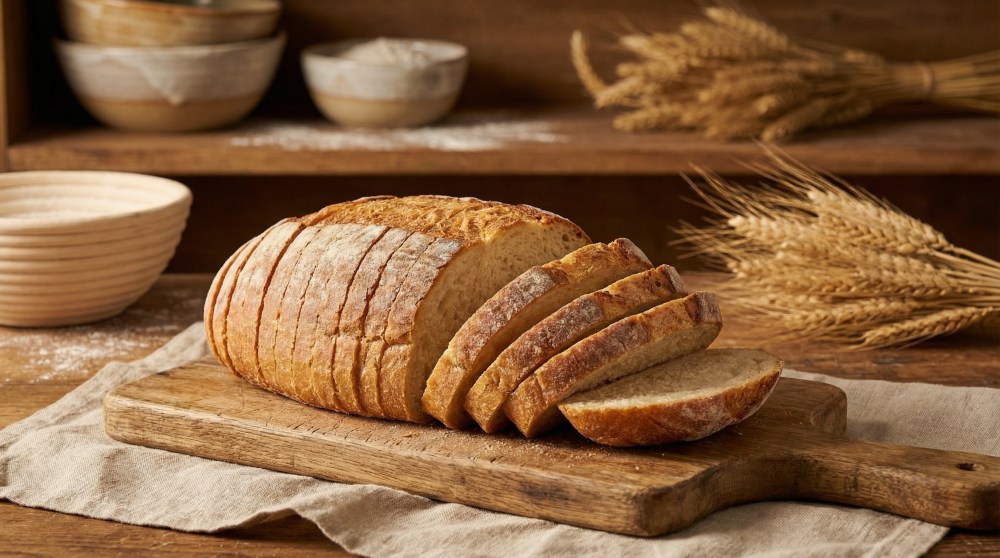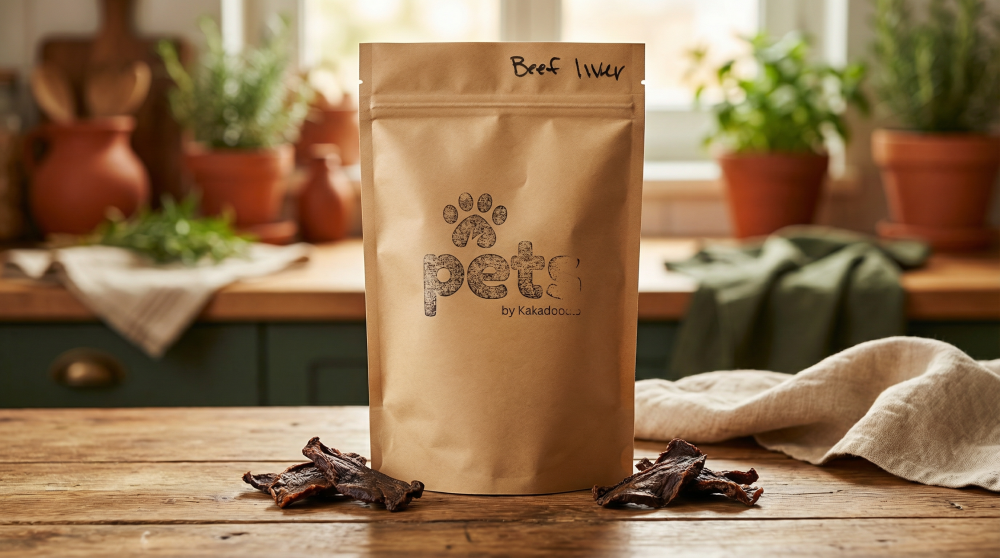article Are Corn and Soy-Free Eggs Healthier?

At Kakadoodle, we’ve been getting more questions than ever about corn/soy-free eggs. Customers want to know: Is there a health benefit? Is it worth the cost? Why are some farms making a big deal out of removing corn and soy from chicken feed?
We’ve spent a lot of time digging into this.. both in academic research and from our own experience raising hens on pasture. Here’s what we’ve found.
🐔 What Do Chickens Naturally Eat?
First, it’s important to understand that chickens are omnivores. In the wild (and on regenerative farms like ours), chickens eat a wide variety of foods:
- Seeds and grains (like corn, wheat, and soybeans)
- Insects, worms, and grubs
- Grass, clover, and other greens
Corn and soy are not unnatural for chickens. They’re high in energy and protein, and have been a staple in poultry diets for decades (even outside of factory farms). The key is how they’re grown and used.
🧠 Why Do Corn and Soy Get a Bad Rap?
Much of the concern around corn and soy comes from health influencers and voices like Dr. Ray Peat, Sally Fallon (Weston A. Price Foundation), and Dr. Mercola, who have raised concerns about:
- Phytoestrogens in soy that may mimic estrogen in the body
- High omega-6 fats in corn and soy, which can increase inflammation
- The use of GMO crops and pesticide residues in conventional feed
These concerns have led some consumers to look for eggs that are corn/soy free eggs. And it has also given other farms a new market to sell into. But how valid are these concerns?
🔬 What the Science Says
1. Soy Phytoestrogens in Eggs
Yes, soy contains isoflavones (phytoestrogens). And yes, trace amounts of these compounds can pass from chicken feed into egg yolks. But multiple studies have shown these levels are extremely low and not biologically significant for humans:
This study confirms that while isoflavones do enter egg yolks, they remain at trace levels (65.29 µg per 100 g). It's like having 1/500th the amount of isoflavones you'd get from a serving of tofu — not enough to impact human hormones in any meaningful way.
2. Omega-6 vs. Omega-3 Balance
Chickens fed a heavy corn and soy diet do tend to produce eggs and meat with higher omega-6 fatty acids, especially linoleic acid. That matters because a high omega-6:omega-3 ratio is linked to inflammation.
But here’s the key: pasture access matters more than feed alone.
A study by Penn State found that pasture-raised eggs had 2x more vitamin E, 2.5x more omega-3s, and 38% more vitamin A than conventional eggs... even when the birds were fed soy and corn.
3. GMO and Pesticide Concerns
This one’s valid... if the feed is conventional. But our hens are fed certified non-GMO grains, meaning they’re free from glyphosate and other common industrial residues.
💸 The Tradeoff: Cost vs. Benefit
Corn/soy-free feed can improve the omega-6:omega-3 ratio in eggs (especially when combined with flax). But it comes at a cost.
Our current non-GMO feed costs about $8,000/month. Switching to a corn/soy-free feed would cost us closer to $24,000/month — 3x more for what amounts to a slightly better nutritional profile.
🧃 Our Perspective: Context Matters
We believe our current eggs are already dramatically healthier than what you’ll find at the grocery store:
- Pasture-raised with daily access to clover, bugs, and fresh air
- Fed a balanced, non-GMO diet
- Produced by a small, regenerative farms — not an industrial system
Still, we'd like to explore producing the best egg possible. That’s why we’re trialing a small flock on corn/soy feed. It’s part of our mission to serve a wide range of health-conscious customers... while always staying honest about tradeoffs.
🥚 Bottom Line
- Yes, corn and soy are natural parts of a chicken’s diet.
- Yes, corn/soy-free eggs may be marginally healthier — but not by much, especially if the hens are already on pasture.
- Yes, we’re experimenting with a corn/soy-free option for those who want it.
- And no, we won’t ever market fear or hype. Just clean food, honest sourcing, and real conversation.
